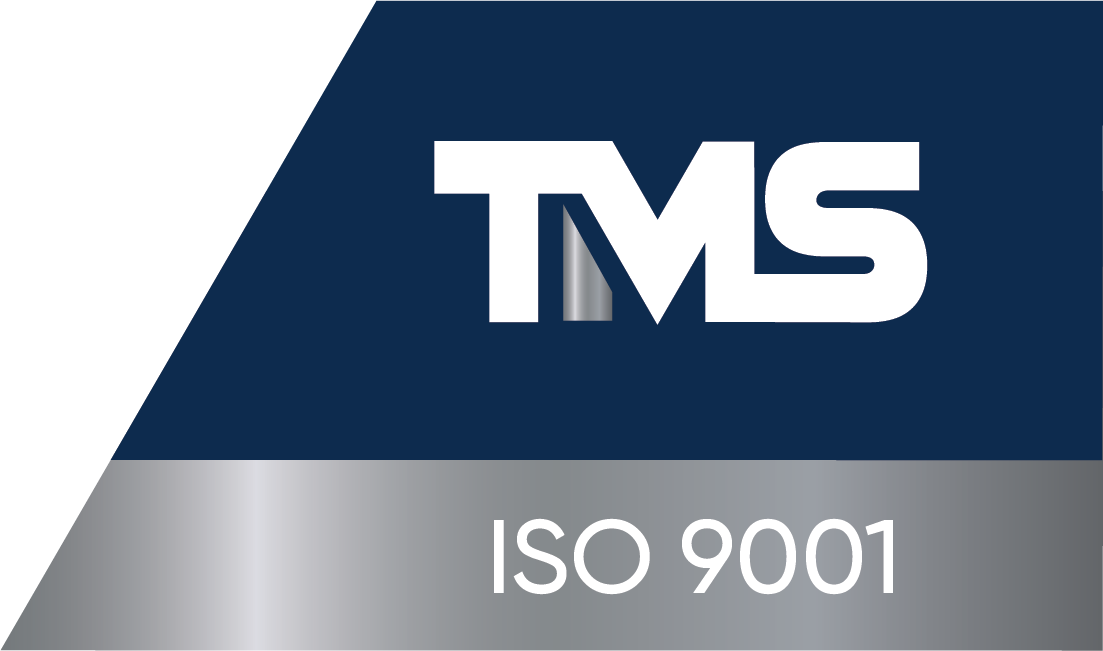ISO 9001 - Sistemi menadžmenta kvalitetom

Šta je ISO 9001?
U današnjem konkurentnom svetu potrošači su sve zahtevniji i postavljaju sve više granice kvaliteta. Oni koji to mogu obezbediti su svakako konkurentniji i potrošači im poklanjaju više poverenja.
ISO 9001 Sistem menadžmenta kvalitetom je najpopularniji standard za poboljšanje kvaliteta na svetu, sa preko milion sertifikovanih organizacija u 180 zemalja širom sveta. To je jedini standard iz familije standarda 9000 koji je objavila Međunarodna organizacija za standardizaciju (ISO) koji može da se koristi u svrhu ocenjivanja usaglašenosti. ISO 9001 takođe služi kao osnova za mnoge druge sektorske standarde, uključujući ISO 13485 (za medicinske uređaje), IATF 16949 (za oblast automobilske industrije) i AS/EN 9100 za oblast vazduhoplovne industrije).
Konkurentnost organizacije na međunarodnom tržištu određena je kvalitetom njenih poslovnih procesa. Sistem menadžmenta kvalitetom je efikasan instrument upravljanja zahtevima za kvalitet koji se postavljaju pred savremenu, inovativnu organizaciju.
Zašto je ISO 9001 važan?
Sertifikacijom prema ISO 9001 dokazuje se sposobnost organizacije da dosledno ispunjava i prevazilazi očekivanja korisnika. Iz tog razloga, mnogi kupci zahtevaju od dobavljača da poseduje sertifikat ISO 9001 kako bi smanjili rizik od kupovine lošeg proizvoda ili usluge. Organizacije koje su sertifikovale svoj sistem prema ISO 9001 biće u stanju da ostvare značajna poboljšanja u organizacionoj efikasnosti i kvalitetu proizvoda kroz smanjenje škarta i, defekta i povećanje produktivnosti.
- Ušteda novca i vremena – kroz primenu menadžmenta kvalitetom koja povećava organizacionu efikasnost, produktivnost i profitabilnost.
- Smanjenje rizika – konstantno dostizanje nivoa kvaliteta koji je definisan u standardu, čime se osigurava da će proizvodi i usluge ispuniti očekivanja korisnika.
Standard promoviše usmerenost organizacije ka procesnom pristupu u menadžmentu. Prednost ovakvog pristupa se ogleda prvenstveno u transparentnosti i mogućnosti poboljšanja planiranih procesa, definisanju odgovornosti i ovlašćenja u okviru tih procesa, identifikovanju tokova informacija, metoda koje se koriste u sistemu upravljanja, identifikovanju potrebnih resursa i boljoj kontroli poslovnih procesa.
Prednost standarda je što njegovo uvođenje podstiče kompanije da teže kontinuiranom poboljšanju u skladu sa principom PDCA (Plan-Do-Check-Act), sa posebnim osvrtom na motivaciju zaposlenih ka kontinuiranim poboljšanjima, kao i na korektivne i preventivne mere.





